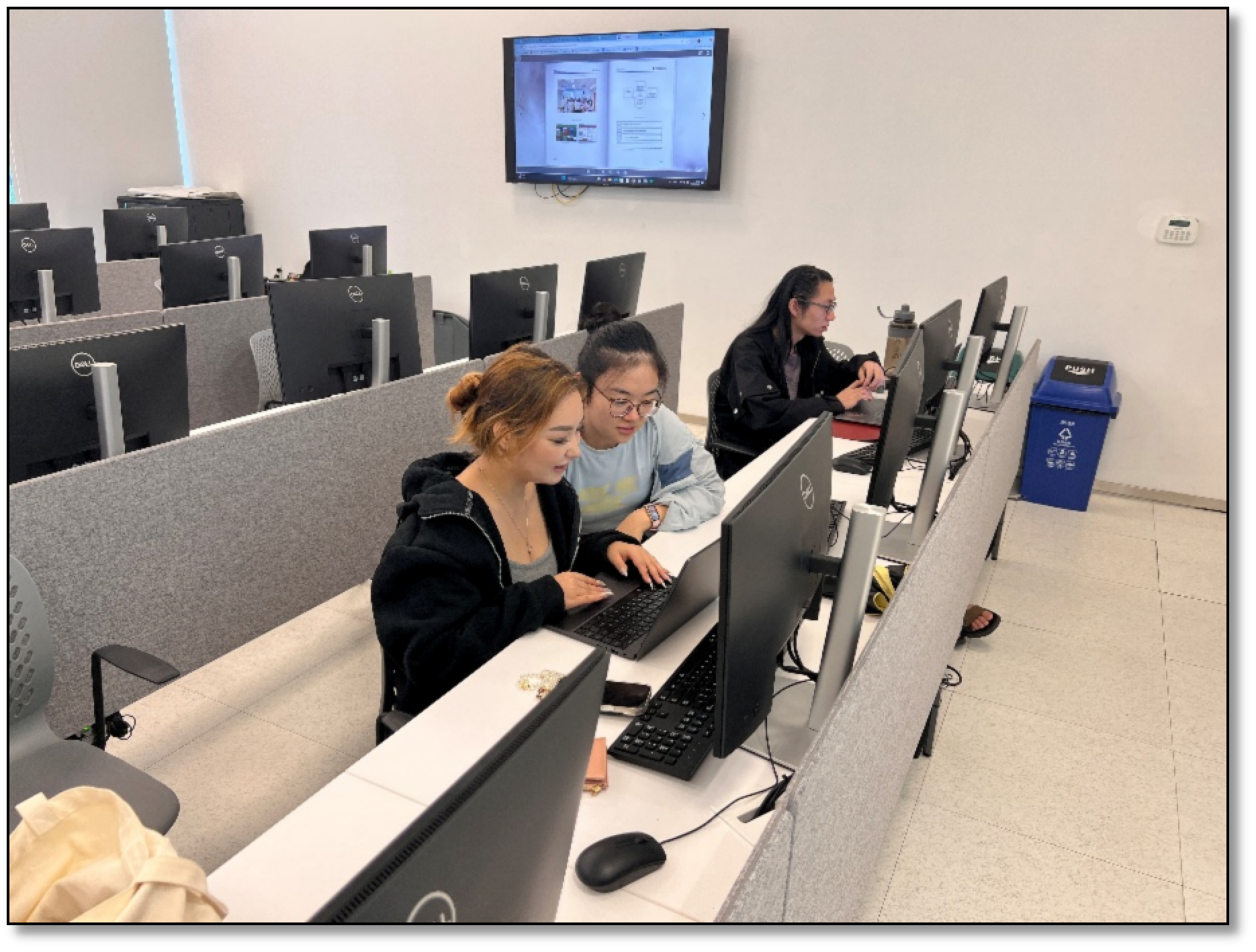

A pedagogical case study is presented from the School of Internet of Things at Xi'an Jiaotong-Liverpool University (XJTLU). This study details the application of XIPU AI (Junmou) in the IOT307TC Big Data Analytics module. The common challenge in big data education, specifically the difficulty of providing students with diverse, realistic, and hands-on datasets that contain specific, complex features, is addressed. Junmou was deployed to generate highly customizable, synthetic datasets for final-year students, thereby moving beyond traditional, static datasets. Based on student feedback and project outcomes, the results indicate that this AI-driven approach significantly enhanced student engagement and their ability to apply theoretical knowledge to practical, messy data. This case study provides a replicable framework for educators seeking to integrate AI tools for practical skill development in technology-intensive fields.






